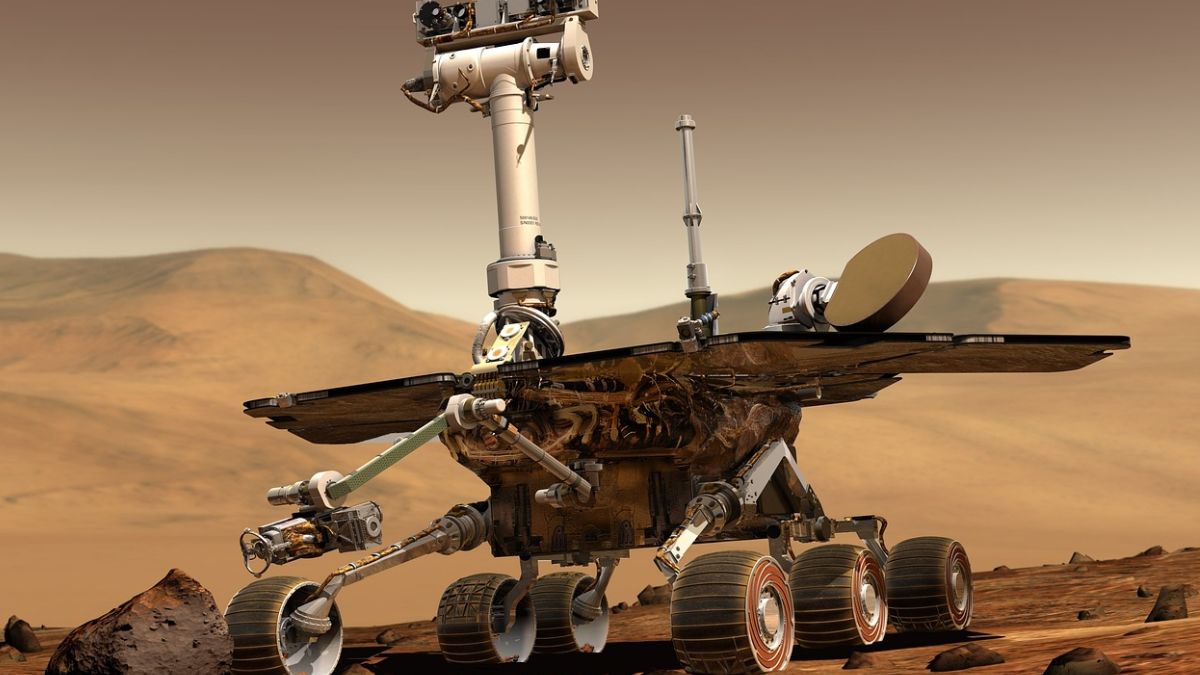In the realm of space exploration, the dream of humanity becoming a multi-planetary species has ignited a fervent race towards Mars. Visionaries, space agencies, and private enterprises are converging in an ambitious pursuit: to establish human colonies on the Red Planet by the year 2027. This article delves into the Mars mania, examining the key players, missions, and the collective endeavor to make Mars colonization a reality within this decade.
The Mars Colonization Ambition
The idea of colonizing Mars has captured the imagination of scientists, visionaries, and space enthusiasts for decades. The red allure of the fourth planet from the Sun has beckoned humanity to expand beyond Earth, and the ambitious goal of establishing colonies on Mars has gained momentum in recent years.
SpaceX and Elon Musk: Pioneering the Journey
At the forefront of the Mars colonization race is SpaceX, led by entrepreneur Elon Musk. Musk’s vision is nothing short of revolutionary – he envisions a self-sustaining city on Mars, complete with a million inhabitants. SpaceX’s Starship, a fully reusable spacecraft, is touted as the vehicle that will transport humans to and from Mars, paving the way for colonization.
NASA’s Artemis Program: Collaborative Exploration
While SpaceX is a driving force, NASA is also actively involved in the Mars exploration endeavor. The Artemis program, primarily focused on returning humans to the Moon, serves as a stepping stone for future deep space exploration, including missions to Mars. Collaborative efforts between public and private entities highlight the shared commitment to space exploration.
Challenges of Mars Colonization
The journey to colonize Mars is fraught with challenges, both technical and physiological. Overcoming the vast distance, ensuring the survival of astronauts during the journey, creating sustainable habitats, and addressing the long-term health effects of reduced gravity are among the formidable hurdles that must be tackled.

Timeline and Mission Milestones
The targeted timeline for Mars colonization by 2027 is ambitious. SpaceX’s plans include sending uncrewed missions to Mars to establish infrastructure, followed by crewed missions to begin building the foundations of a self-sufficient city. NASA, in collaboration with international partners, aims for manned missions to Mars in the 2030s, aligning with a more gradual approach to colonization.
The Allure of Martian Resources
One of the driving factors behind Mars colonization is the potential availability of resources on the planet. From water ice for sustenance to minerals for building materials, the utilization of Martian resources is seen as a key element in establishing self-sustaining colonies.
Public and Private Collaborations
The race to Mars involves a blend of public and private enterprises, showcasing a new era of collaboration in space exploration. Governments, space agencies, and commercial entities are pooling resources and expertise to tackle the complexities of interplanetary travel and colonization.
International Participation and Ethical Considerations
As the race intensifies, discussions on international collaboration and ethical considerations come to the forefront. Issues such as planetary protection, the preservation of Mars’ pristine environment, and the equitable distribution of benefits from Mars resources are subjects that demand careful consideration.
The Red Horizon Beckons
Mars mania has transformed from a dream to a tangible goal, with the collective efforts of visionary leaders, space agencies, and innovative private companies. The race to colonize Mars by 2027 is emblematic of humanity’s ceaseless curiosity and determination to venture into the cosmos. As the Red Planet beckons, the journey unfolds, promising a new chapter in the history of space exploration and potentially marking the beginning of a multi-planetary era for humanity.










